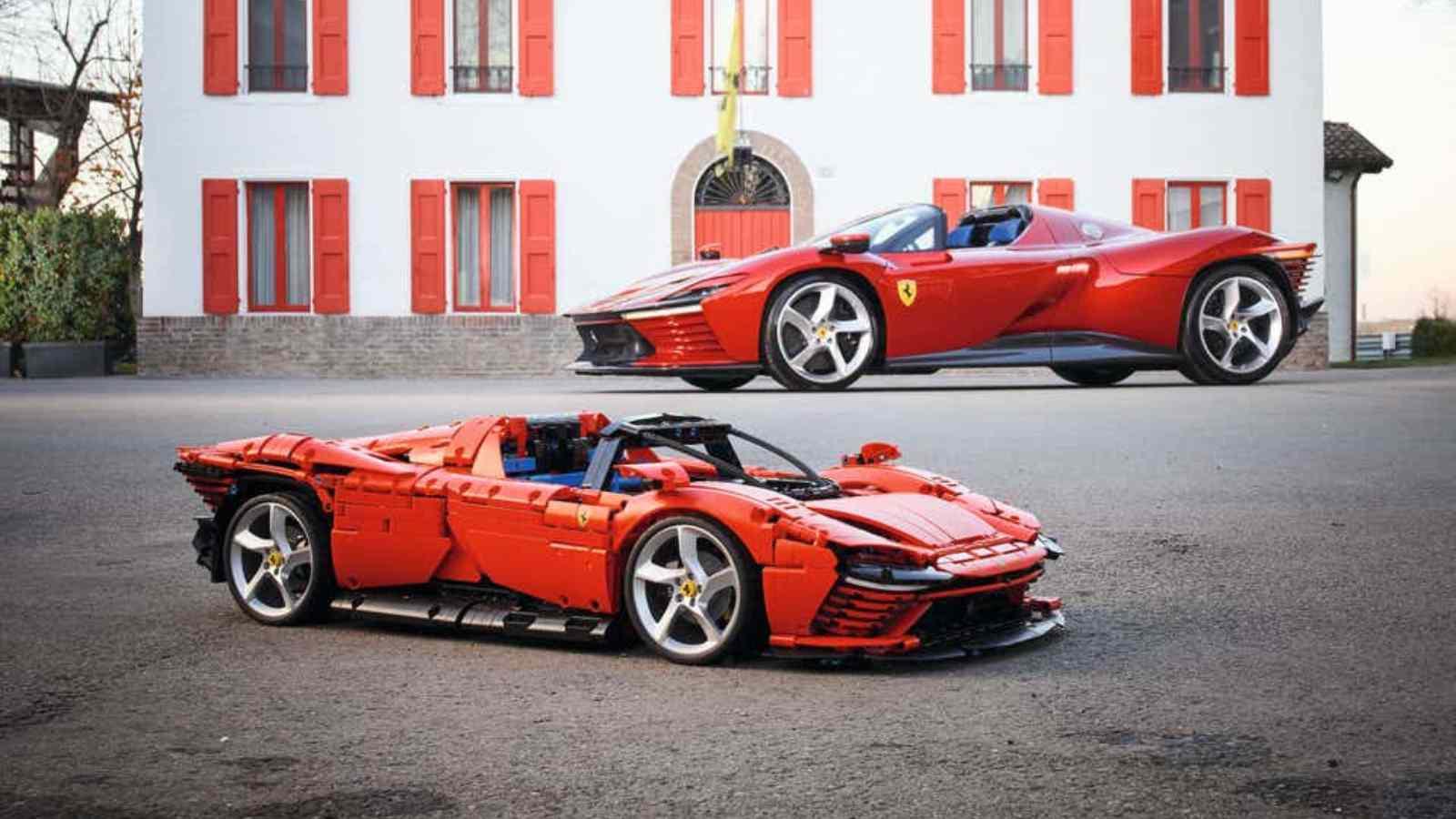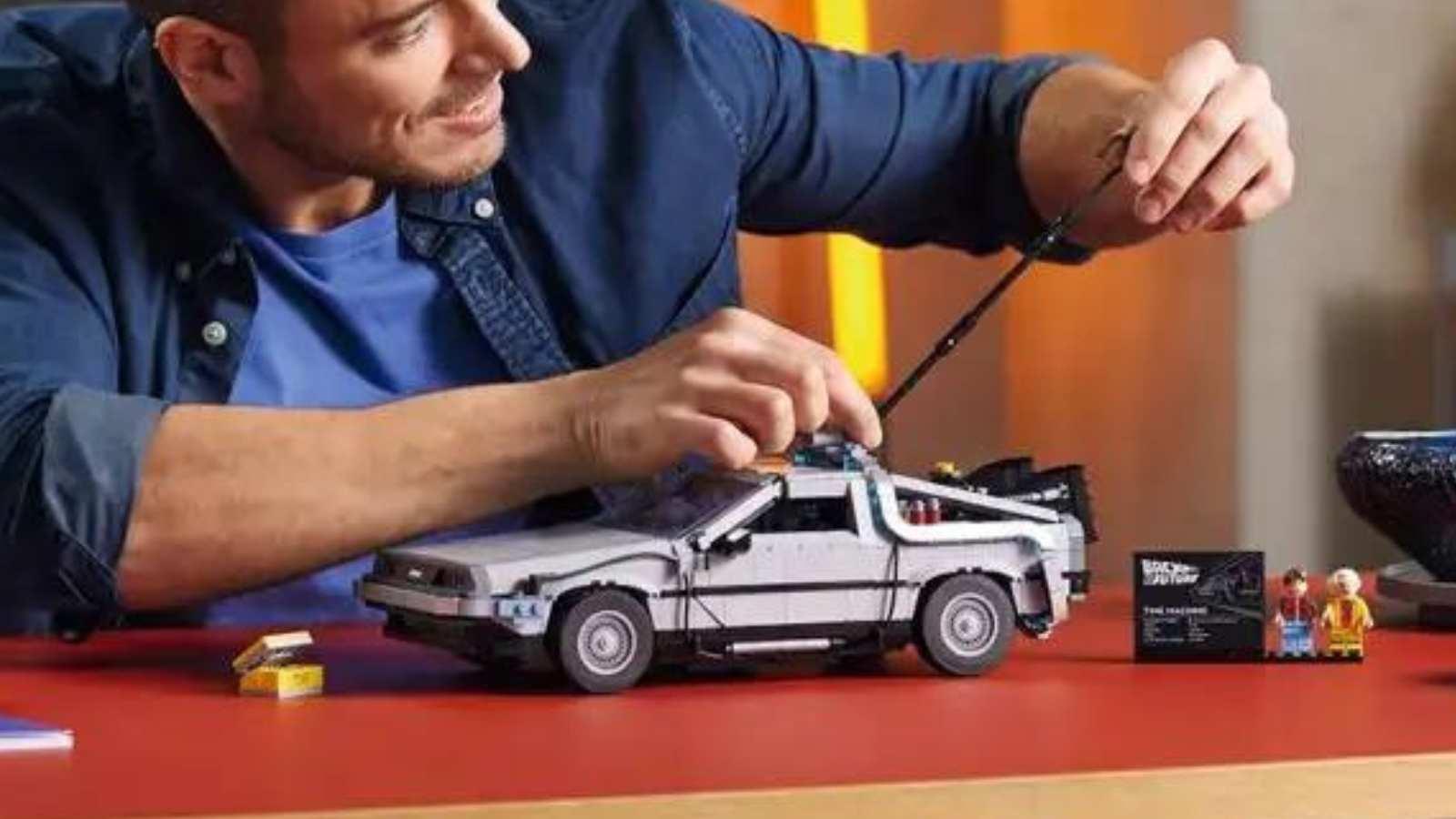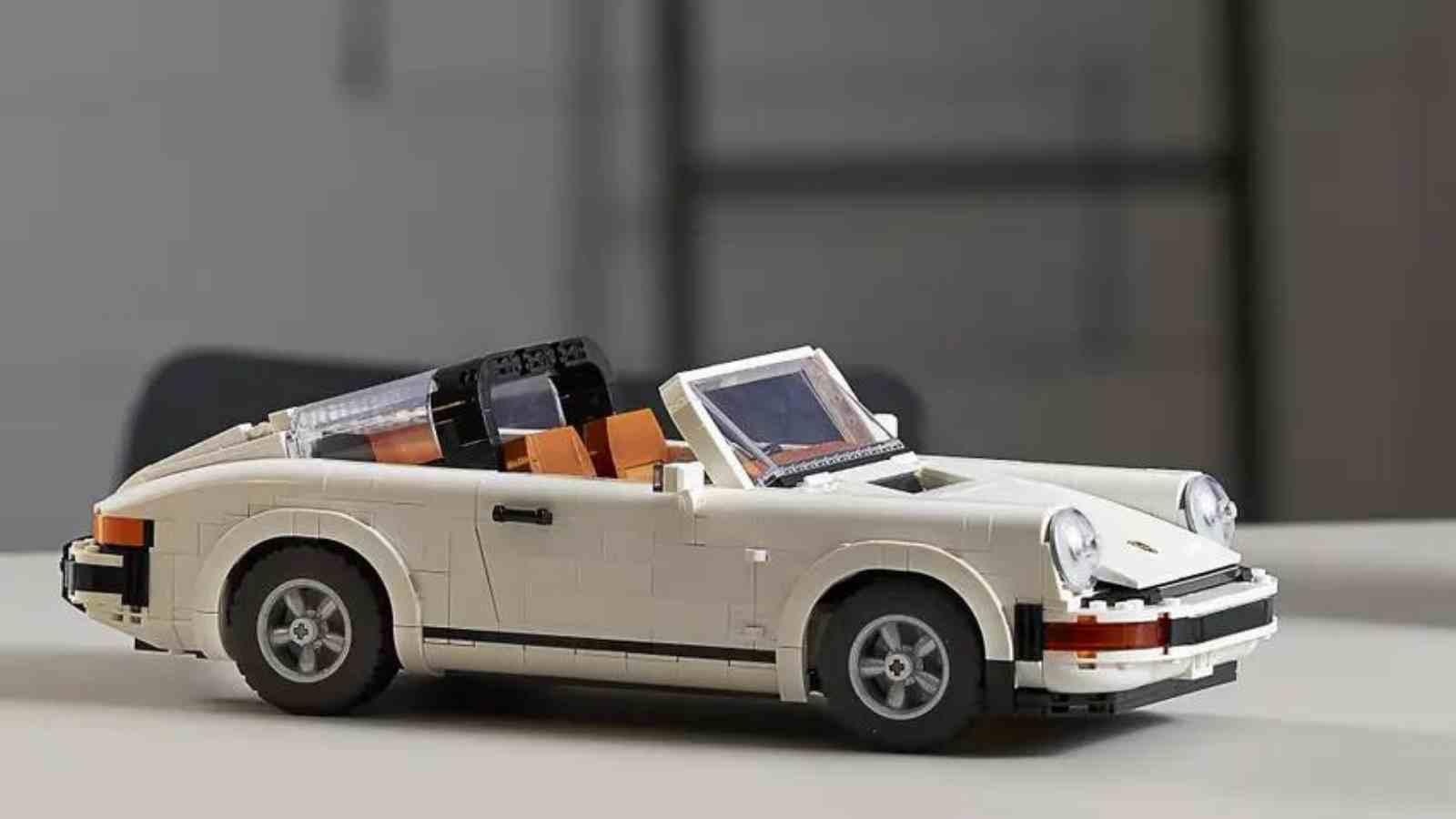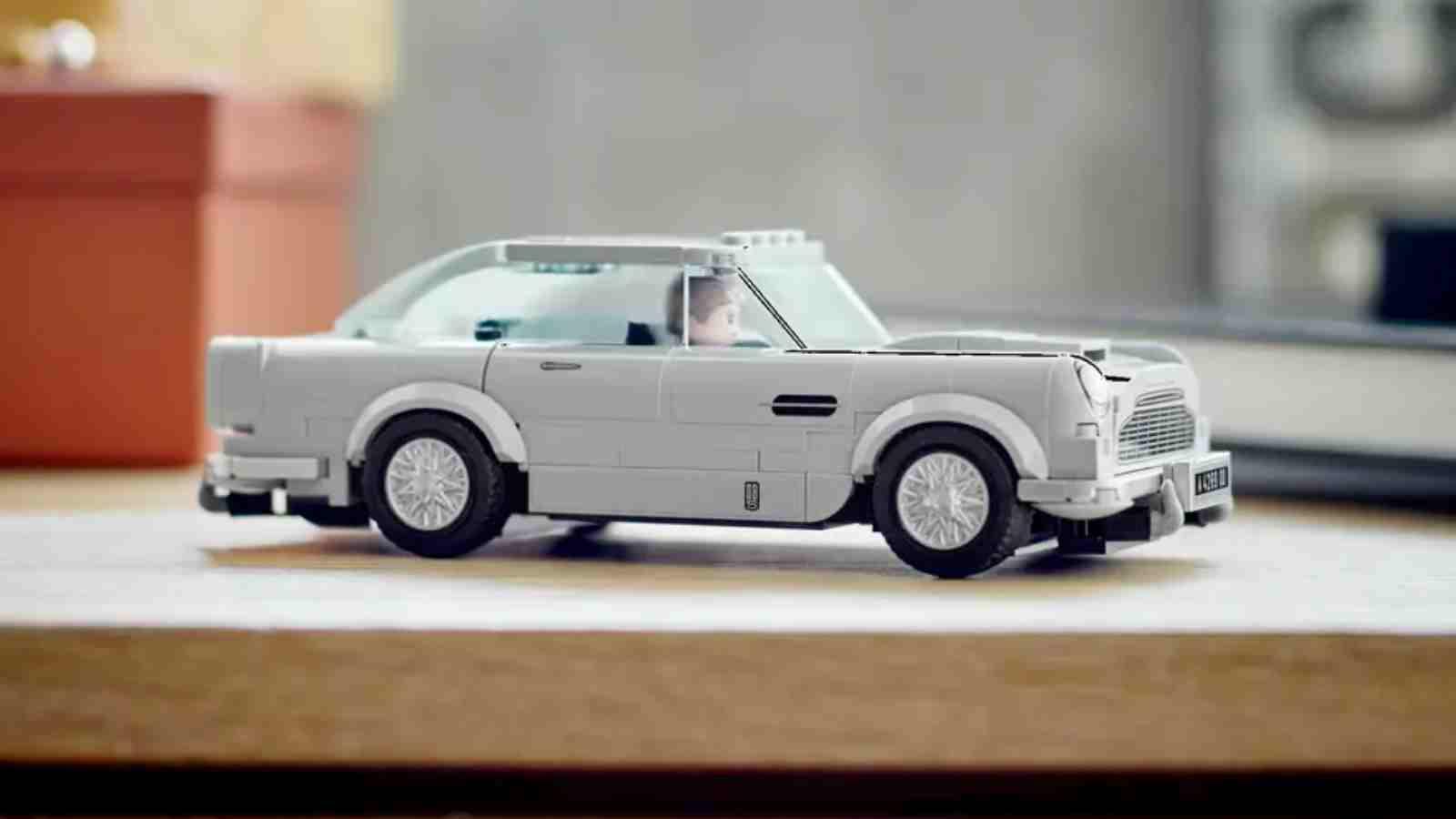Marques Brownlee reveals risks of using Tesla’s automatic Car Summon
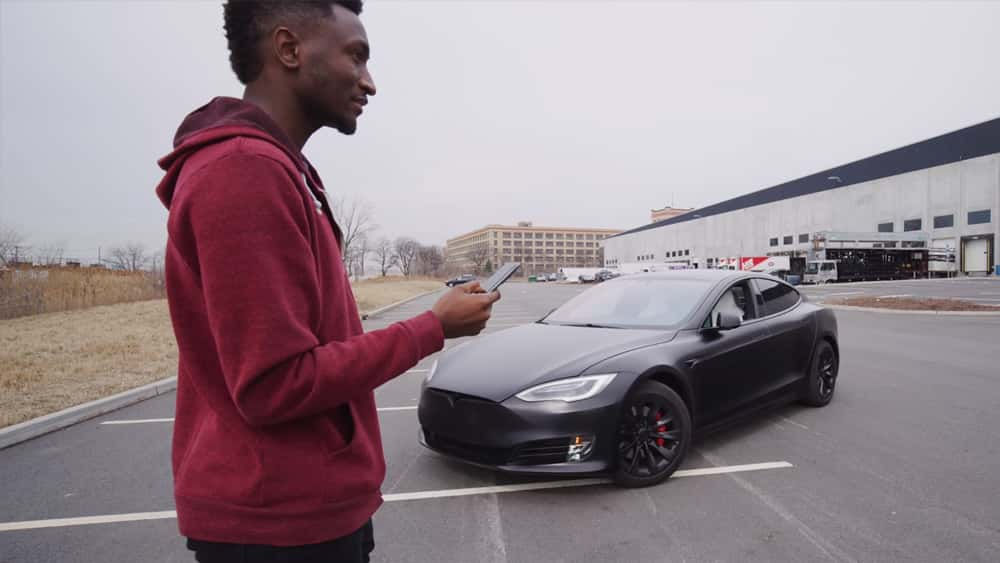 MKBHD YouTube
MKBHD YouTubeThe popular Car Summon feature on upgraded Tesla models is a work-in-progress as YouTuber Marques Brownlee, better known as MKBHD, showed while explaining how the car company works to upgrade and patch out certain risks.
One of the most surprising developments in the electric car industry of the last decade has been the semi-complete autopilot and summon feature packed into the Tesla sports cars. As with most tech innovations, the release was preceded by realizations of how it could be improved.
While explaining how Tesla upgrades their cars over time, MKBHD saw how the Smart Summon feature doesn’t quite “drive like a regular human driver” – noting some awkward pitfalls while using.
[ad name=”article1″]
“It does see pedestrians and moving objects,” he said. “Sometimes it slows down for them. Which you would hope every time it would slow down for pedestrians. But sometimes, it just didn’t.”
The YouTuber mentioned how the car “usually slows down” for signs and intersections, while “completely ignoring all the lines on the road.” MKBHD said this could make it harder for other drivers to predict the car’s movement on the road.
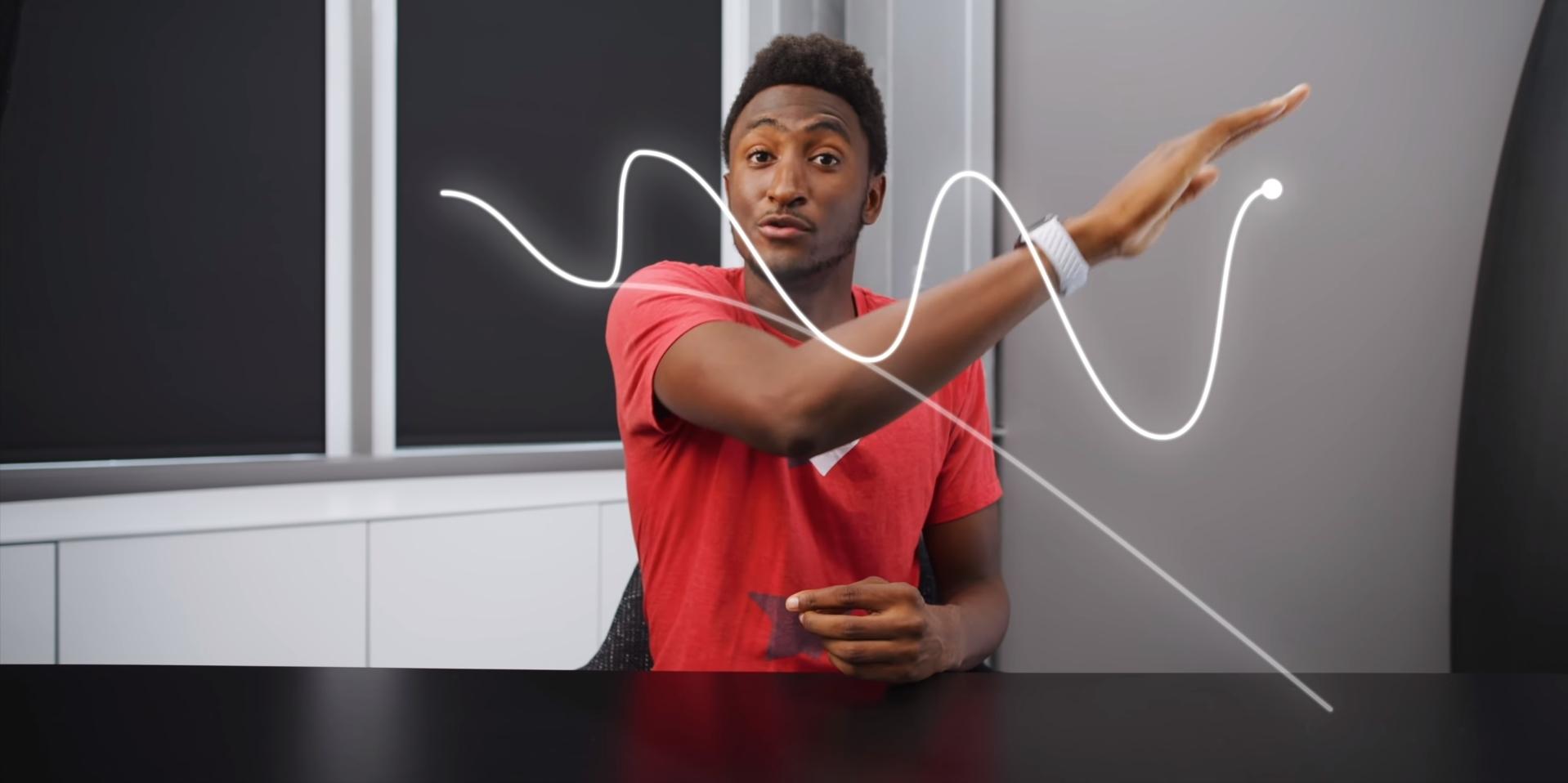 MKBHD YouTube
MKBHD YouTube[ad name=”article2″]
But it’s not all gloom for potential Tesla buyers. The cars are full-fledged vehicles, but they’re mostly a piece of developing tech, or at least that’s how the company is approaching its present day shortcomings.
In the car manufacturer’s website, they’re teasing an Autosteer function labeled as “upcoming” for its Full Self-Driving package.
While the $7,000 upgrade has a lot of improvements over the standard Autopilot feature, the company is constantly adding and improving the tech as they develop more solutions.
Topic starts at 0:30
[ad name=”article3″]
MKBHD explained how these changes come from people using the car and the features that might carry risk with them right now, but if only to send data back to Tesla for potential fixes.
“They have thousands, millions, of drivers who are willing to test this over and over again,” MKBHD said. “Tesla will use all of that data, all of the successful and failed attempts, turn around and work on new software to make it better.”
Since the flashiest parts of these machines are the tech that go under the hood, the downfalls and risks that come with Teslas can be improved on without having to buy a vastly upgraded model.
